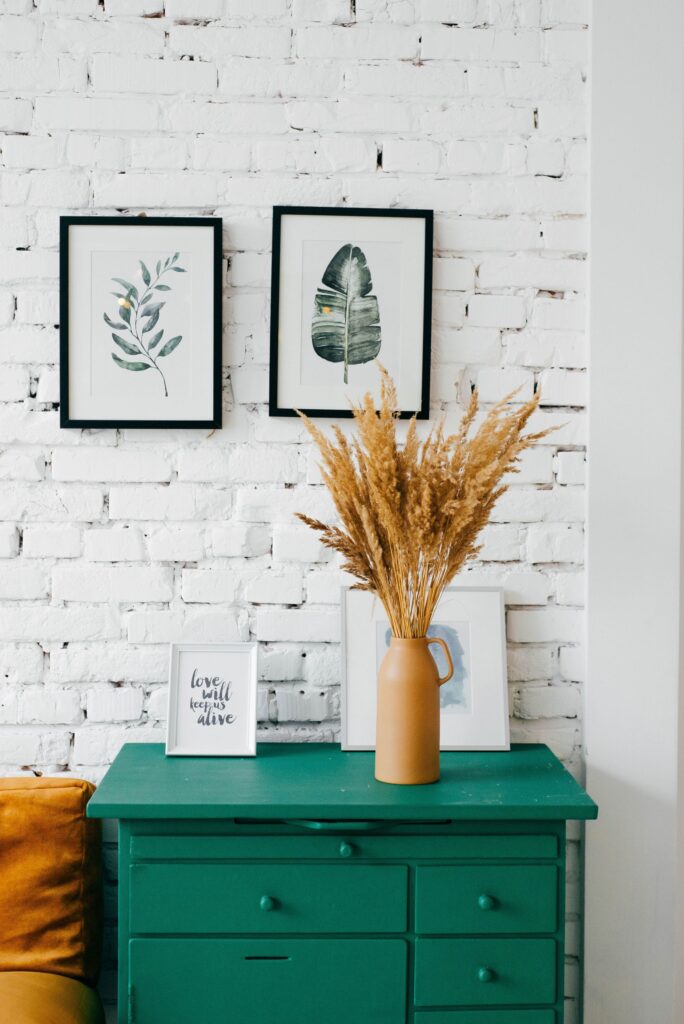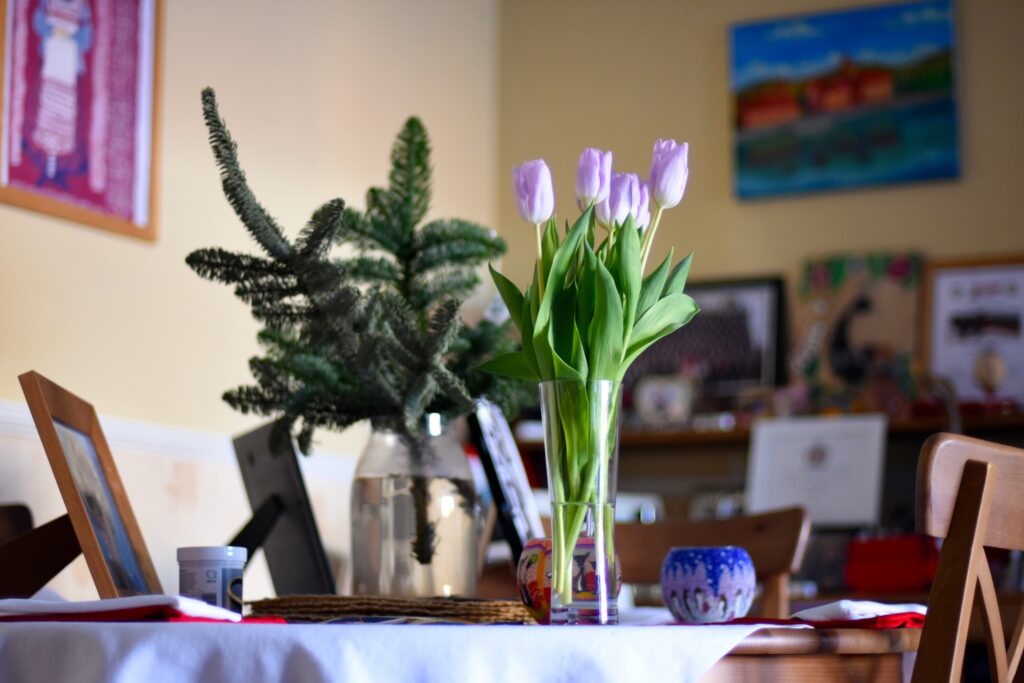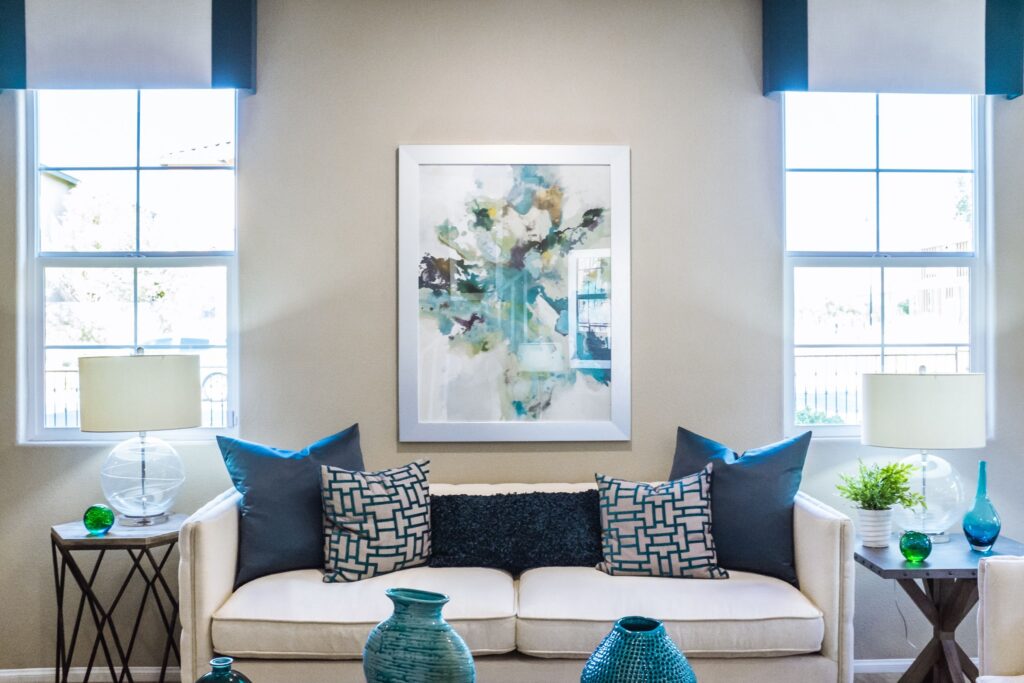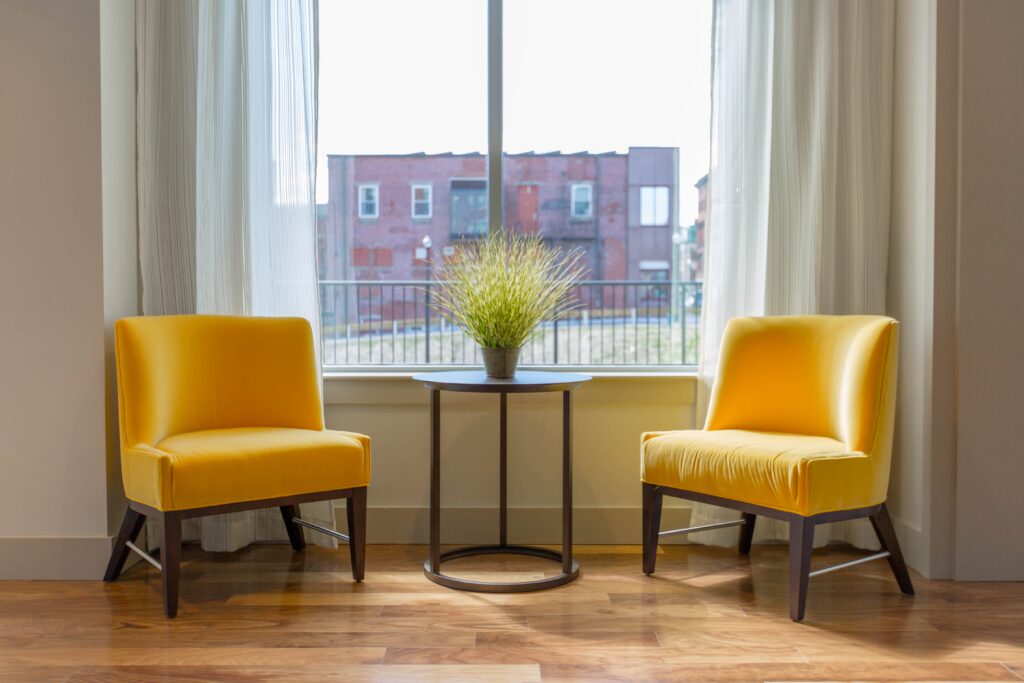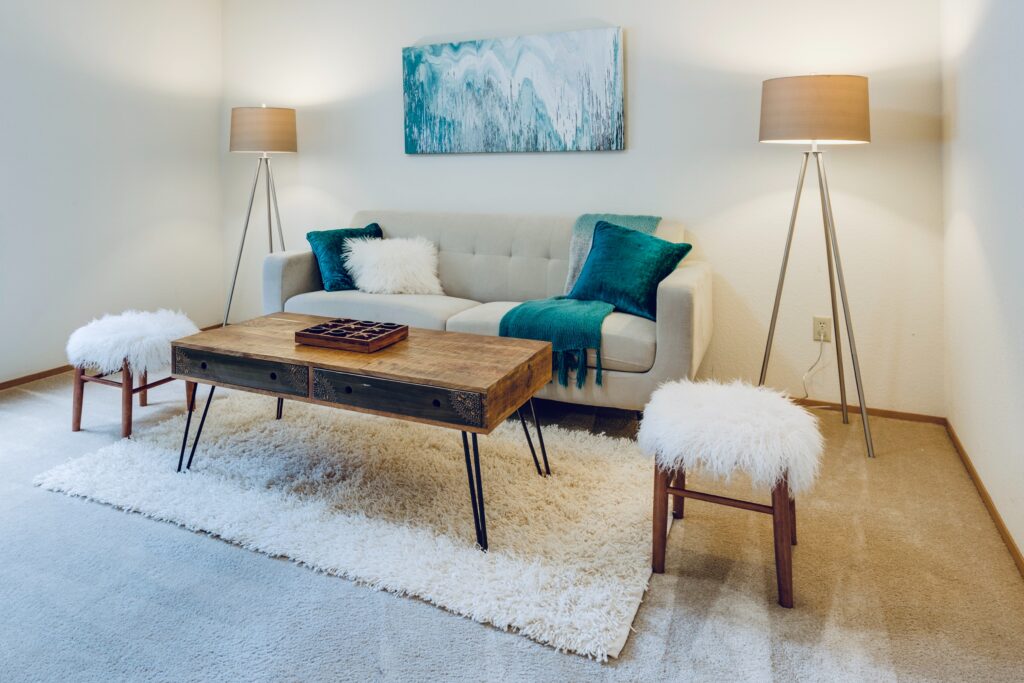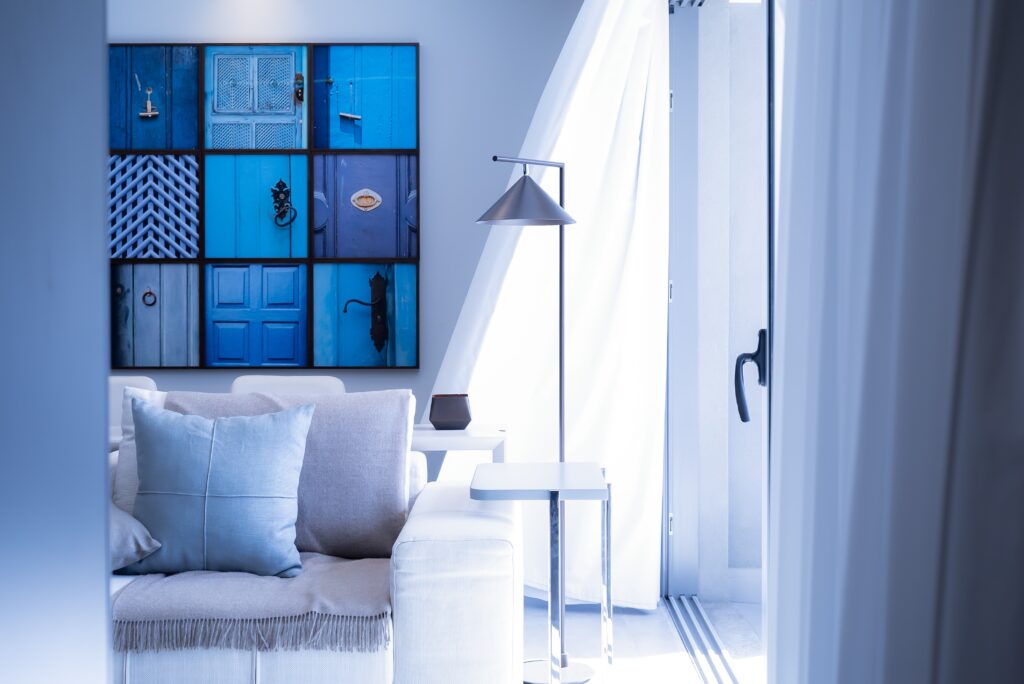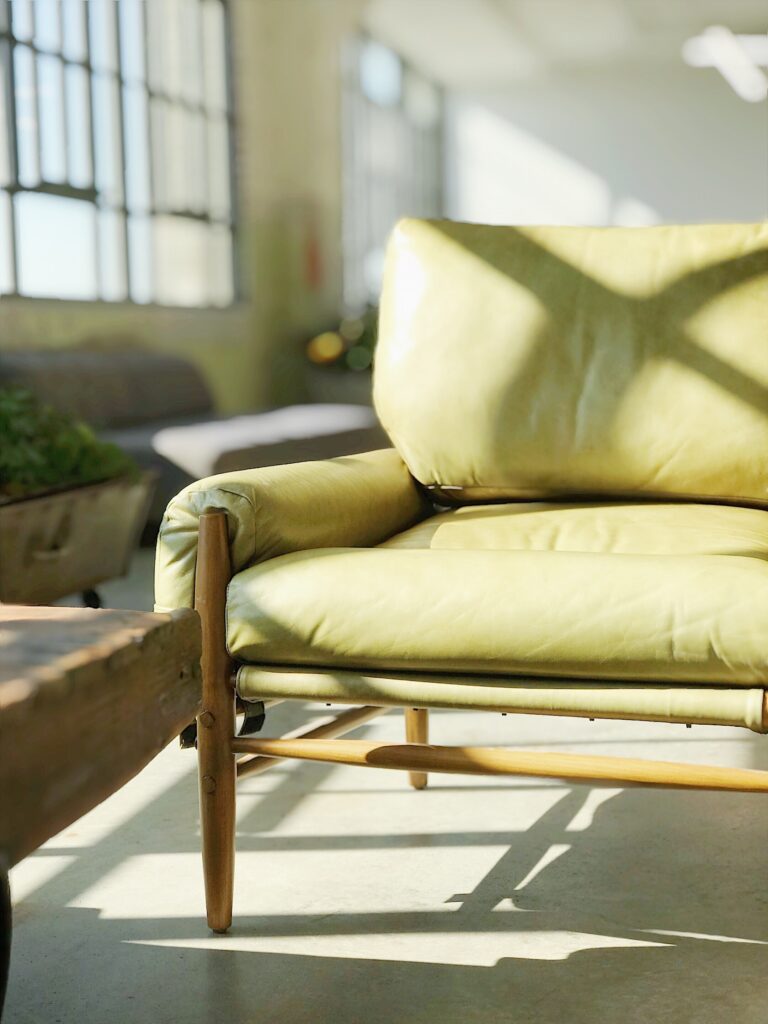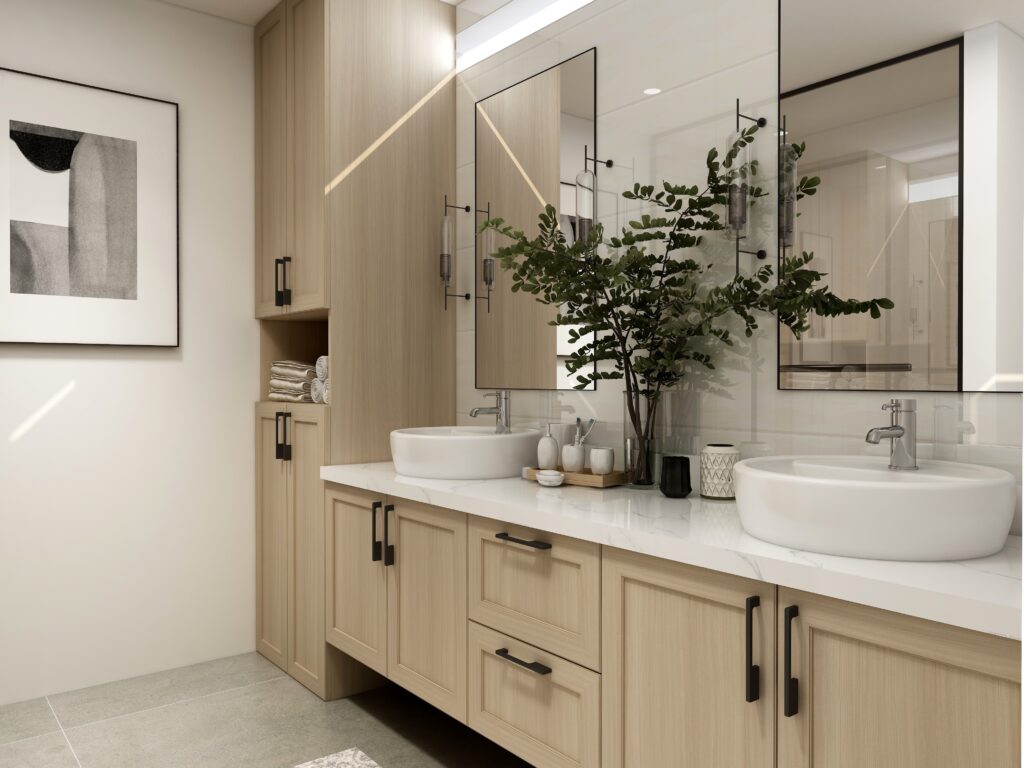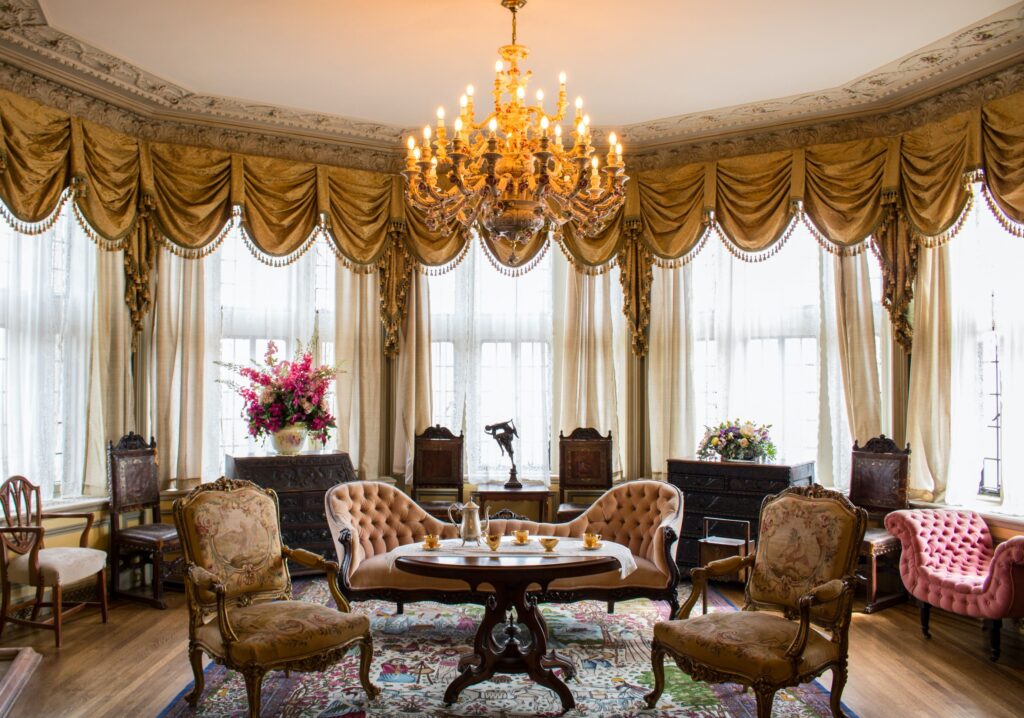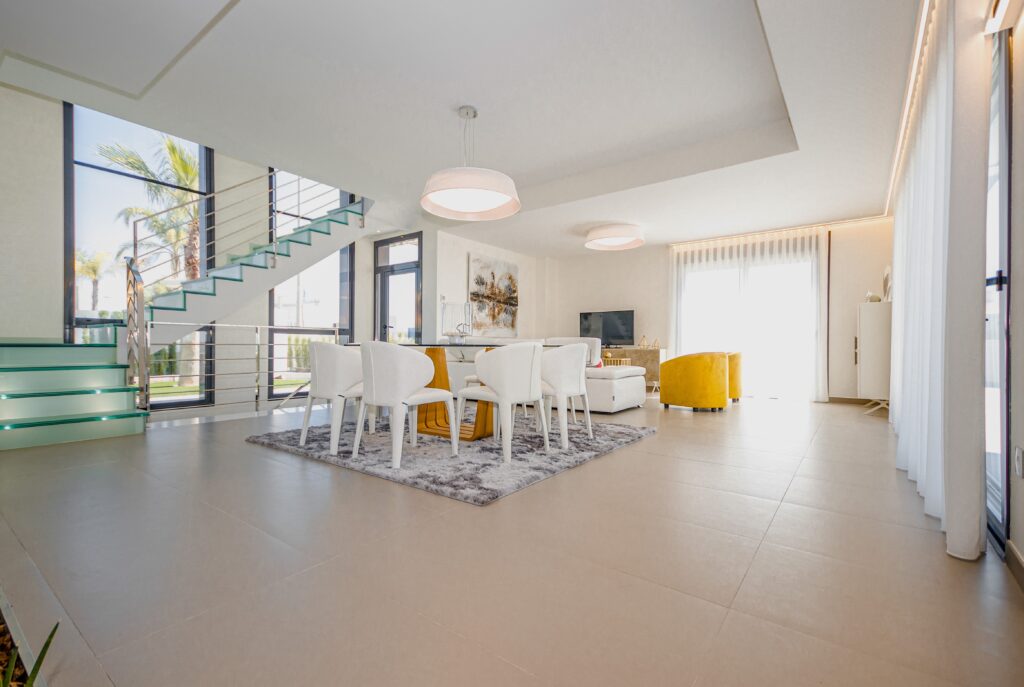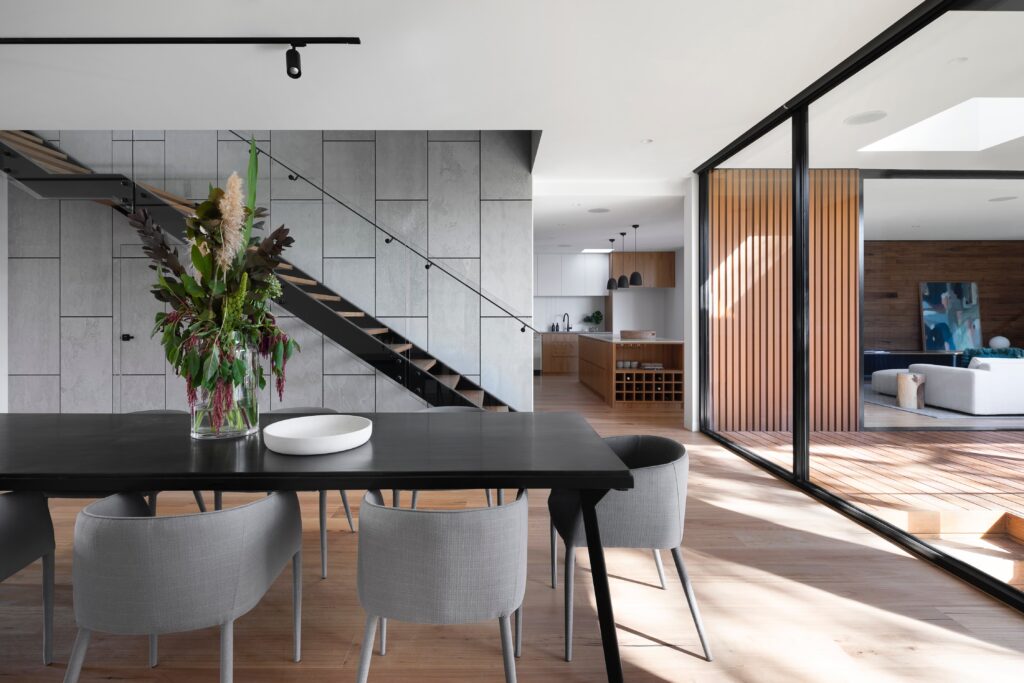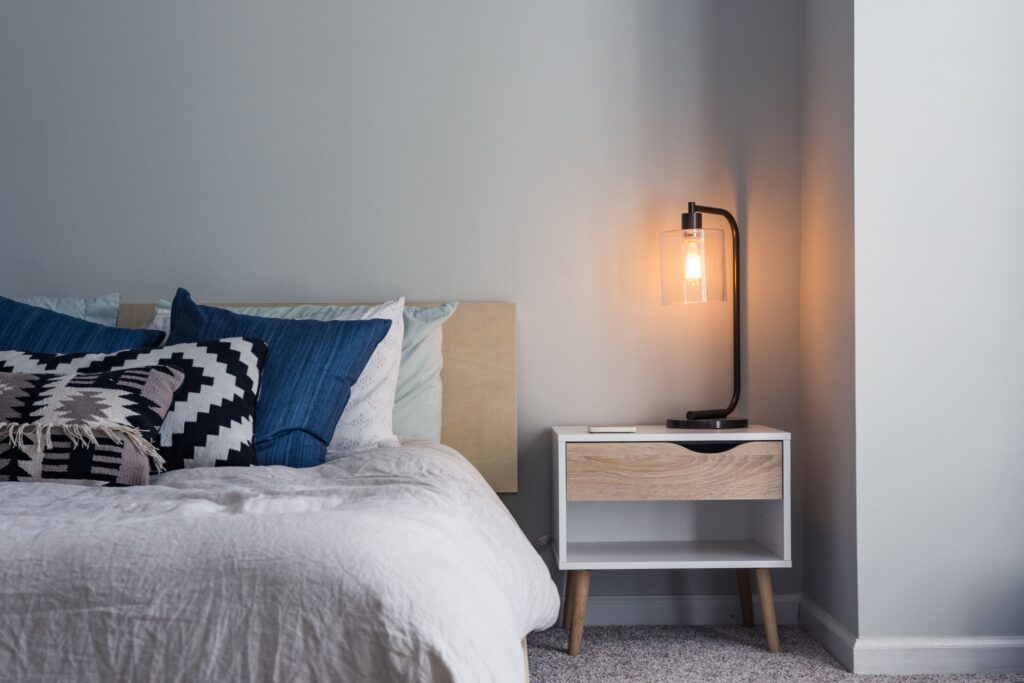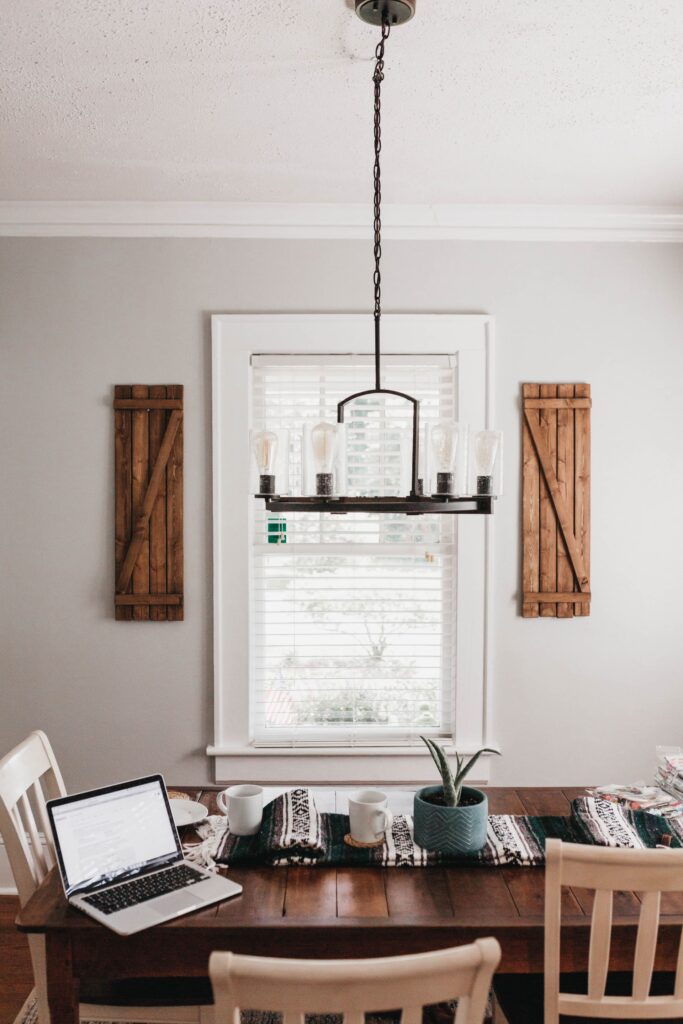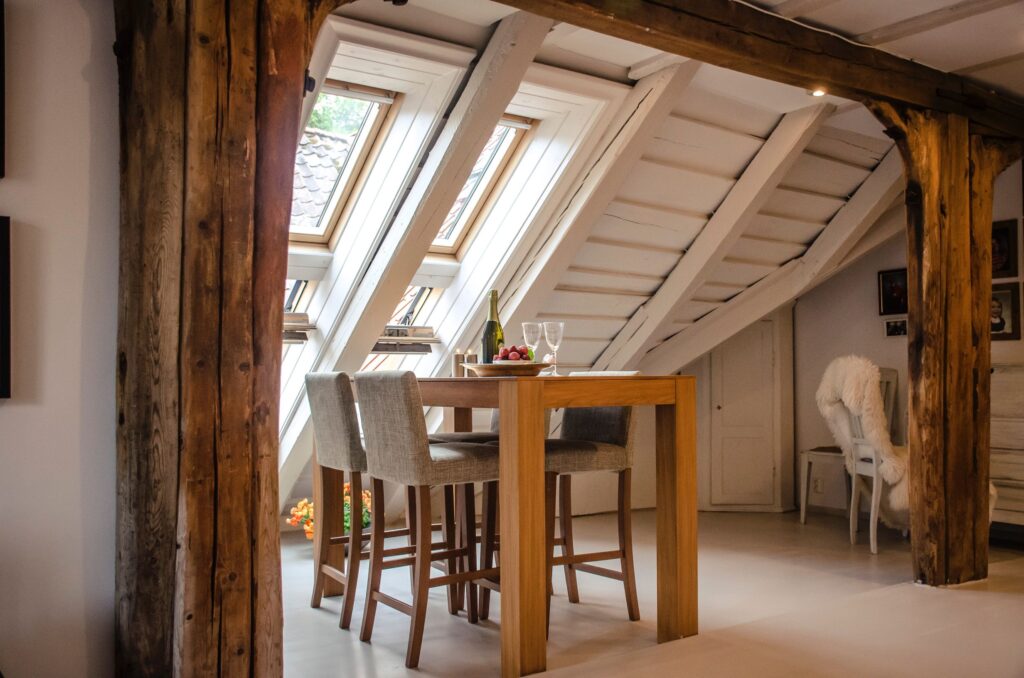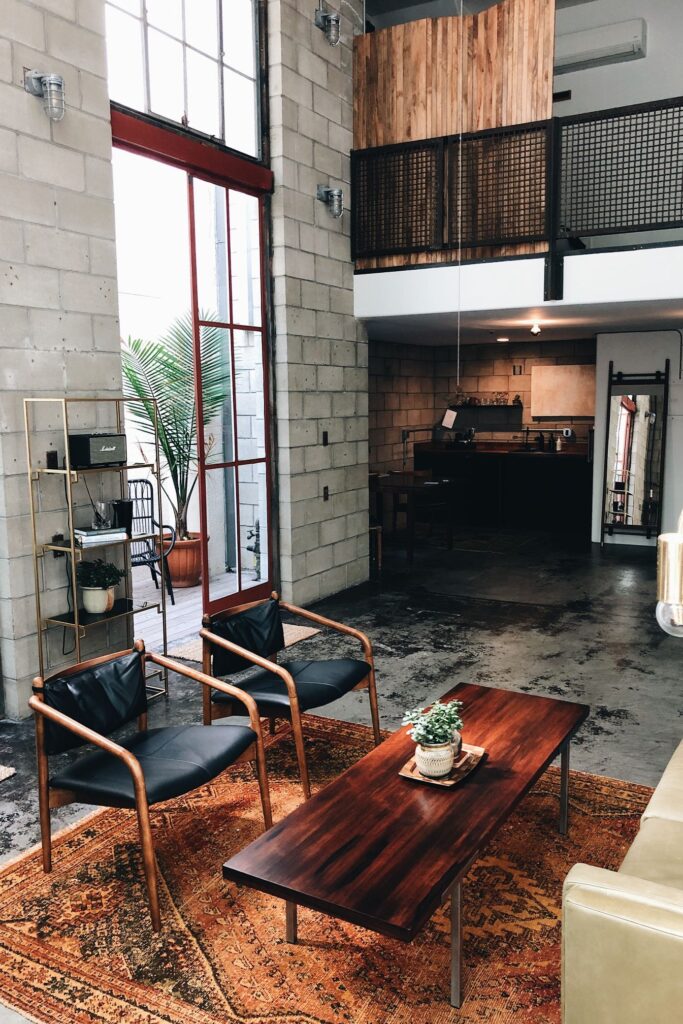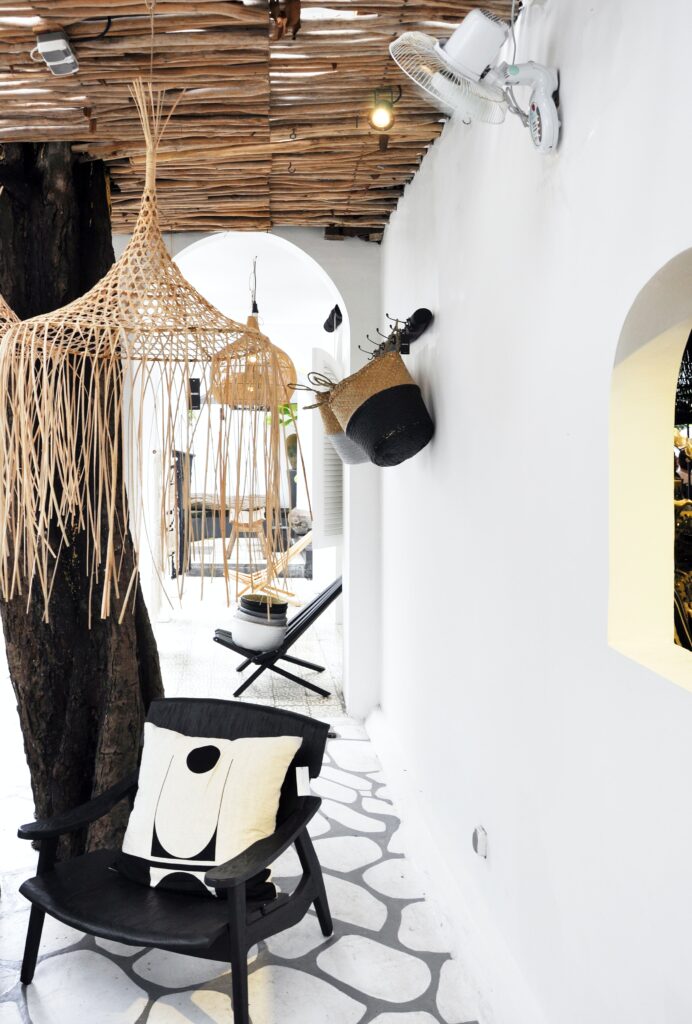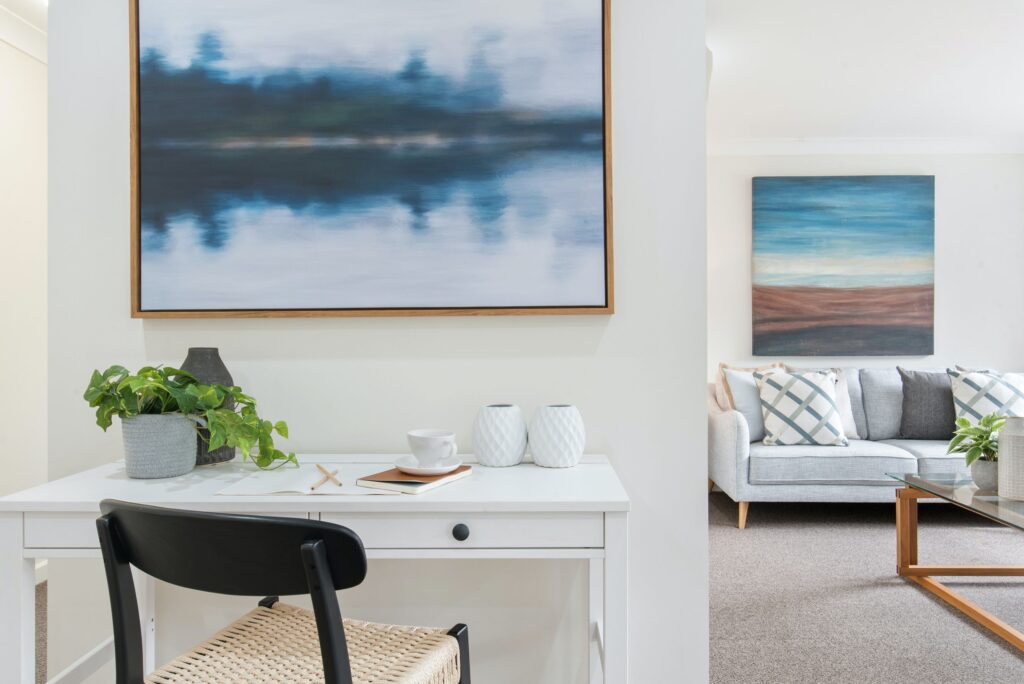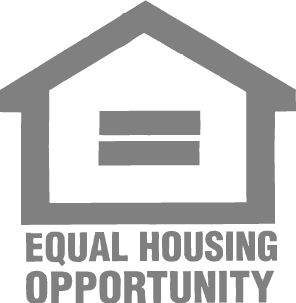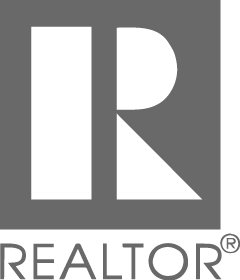As a property manager or real estate investor, you’re probably no stranger to squatters and the physical and financial damage they can do to you and your investment property. Not only are squatters frustrating, but they can also be an expensive issue that you weren’t expecting.
Let’s examine some of the unexpected costs of squatters and what you can do to protect your investment property from them.
Unexpected Costs
One of the main reasons a squatter might choose to occupy your property is their inability to afford proper housing. Not only is there currently a lack of inventory, but rent prices are also high, which could leave squatters with limited options. If they do occupy your property, there are many risks and costs that come along with it, including:
- Property damage
- Legal fees/eviction costs
- Loss of rental income
- Negative impact on property value
Protection Against Squatters
Squatters can not only cost you money, but also cause damage to the property that you weren’t prepared to pay for or handle. Luckily, there are a few things you can do to protect yourself and your property from potential squatters:
- Have regularly scheduled inspections to detect any signs of occupancy in the property
- Keep the property well-maintained and appear like it’s occupied (even if it isn’t)
- Install surveillance cameras on the property to monitor and deter potential squatters
- Establish a strong relationship with nearby neighbors and ask if they can keep an eye on the property
If a squatter occupies your property:
- Gather evidence and document the situation
- Contact local law enforcement
- Consult with an attorney
- Hire a reputable eviction service
Don’t try to handle the situation yourself; it will just cause more headaches you don’t need.
If you have questions about real estate investing or how we can help you with your property management, reach out to us! We would love to be a resource for you!

